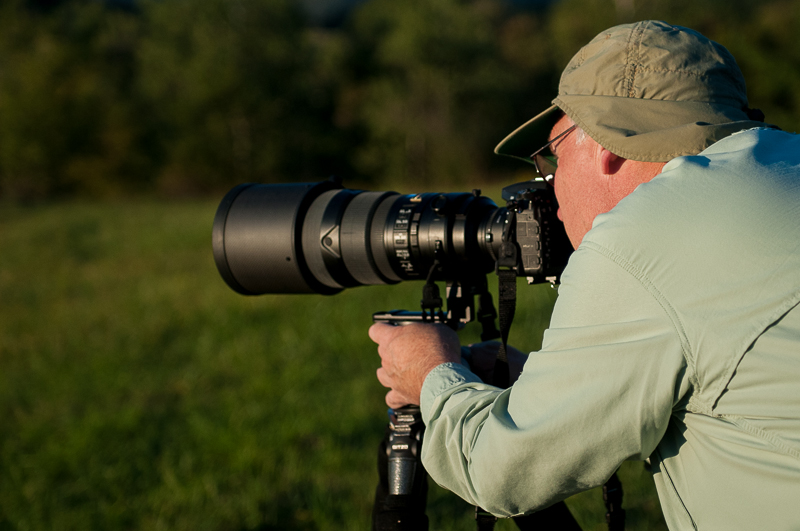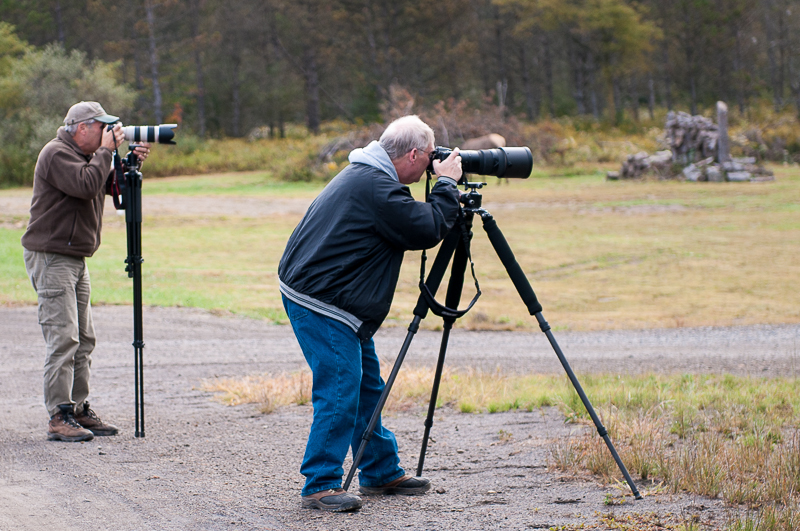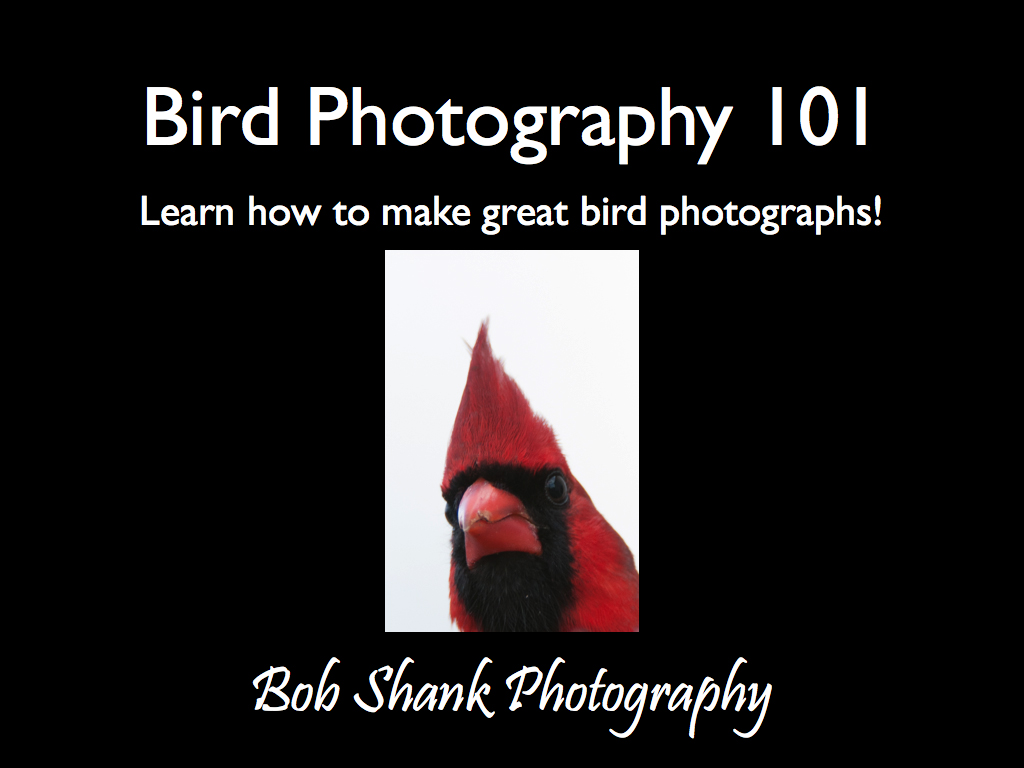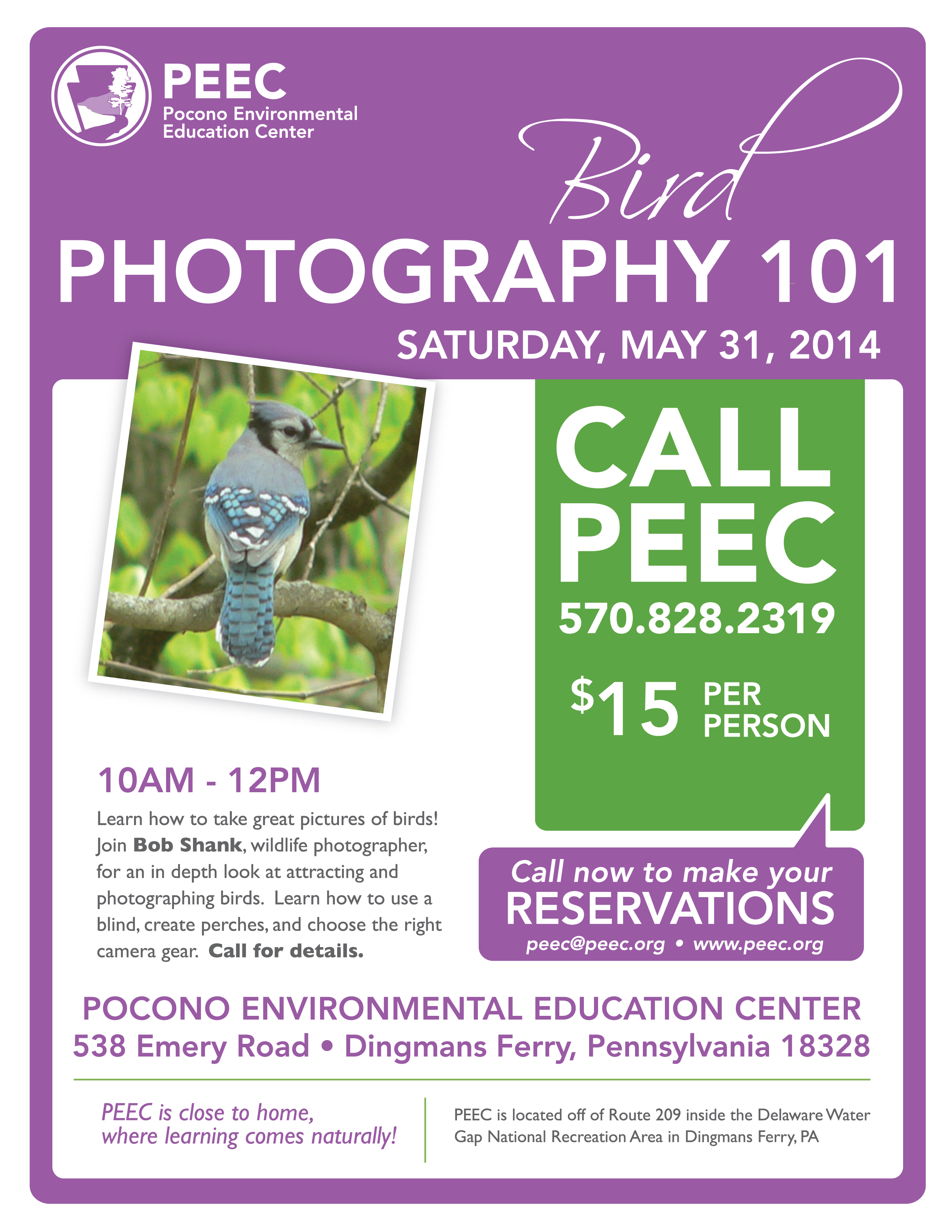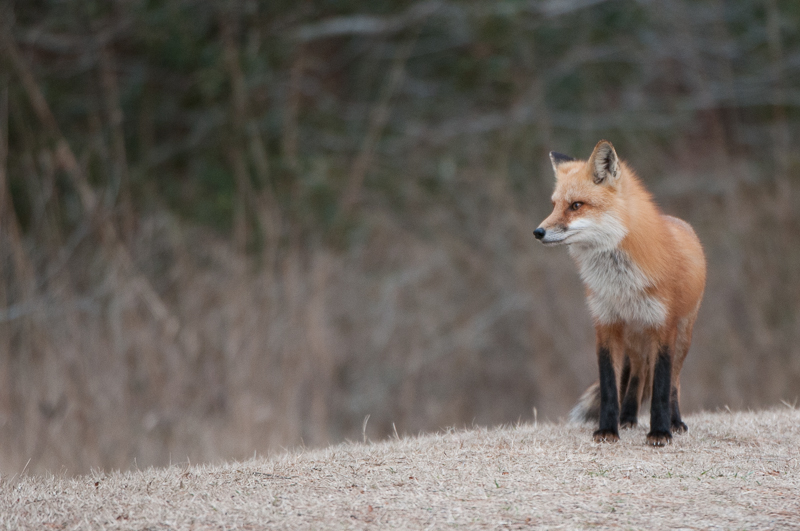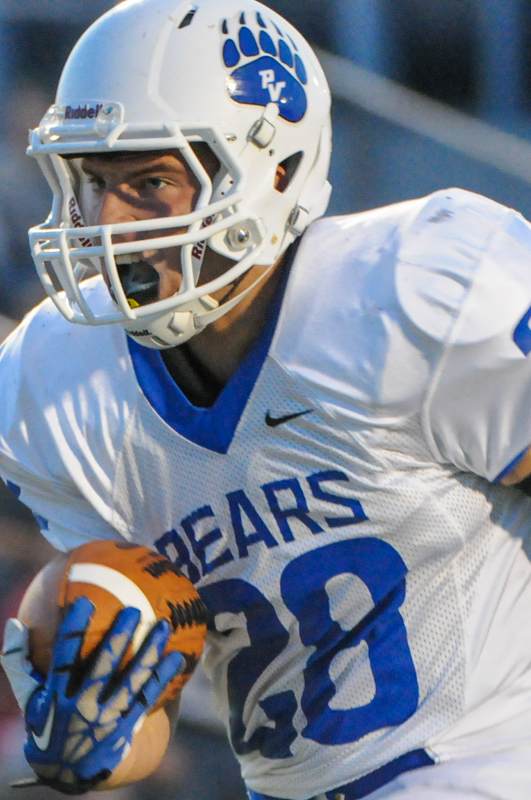I just updated my wildlife portfolio. While I am very involved in sports photography, wildlife photography is another photographic passion of mine. There is no place like the mountains and whenever I can get there I enjoy photographing the wildlife. You can see my complete updated wildlife portfolio here.
Here are some examples:
Increase Your YouTube Subscribers in a Unique Way
YouTube has become a powerful platform for content creators to share their videos and engage with their audience.
However, gaining subscribers can sometimes be a challenging task. In this article, we will explore a unique way to
increase your YouTube subscribers and boost your channel’s growth.
The Power of Social Media
Social media platforms have revolutionized the way we connect and share content. Utilizing social media can
significantly enhance your YouTube channel’s visibility and attract new subscribers. By promoting your videos
across various social media platforms, you can tap into new audiences and encourage them to subscribe to your
channel.
Engage with Your Audience
One effective way to increase your YouTube subscribers is by actively engaging with your audience. Responding to
comments, asking for feedback, and starting conversations will make your viewers feel valued and connected to
your channel. Encourage viewers to subscribe by creating compelling calls-to-action within your videos.
Collaborate with Other YouTubers
Collaborations with other YouTubers can be a game-changer for your channel. Partnering with creators in your
niche allows you to tap into their subscriber base and expose your content to a new audience. Collaborative
videos or shoutouts can help you gain more visibility and attract subscribers who are interested in similar
content.
Create High-Quality and Engaging Content
The quality of your content is crucial for attracting and retaining subscribers. Invest in good equipment for
filming and editing to ensure your videos look professional. Additionally, focus on creating engaging content
that provides value to your viewers. Unique and creative videos will make your channel stand out and encourage
viewers to subscribe for more.
Buying YouTube Subscribers
While organic growth is desirable, some content creators choose to give their channel a boost by purchasing
YouTube subscribers. It’s important to note that buying subscribers should be approached with caution. Quality
and engagement are vital for long-term success on YouTube. If you decide to buy subscribers, make sure to choose
a reputable service provider like https://themarketingheaven.com/buy-youtube-subscribers/
The Marketing Heaven offers real and high-quality subscribers that can help jumpstart your channel’s growth.
However, it’s essential to use purchased subscribers as a starting point and continue to focus on creating
valuable content and engaging with your audience.




